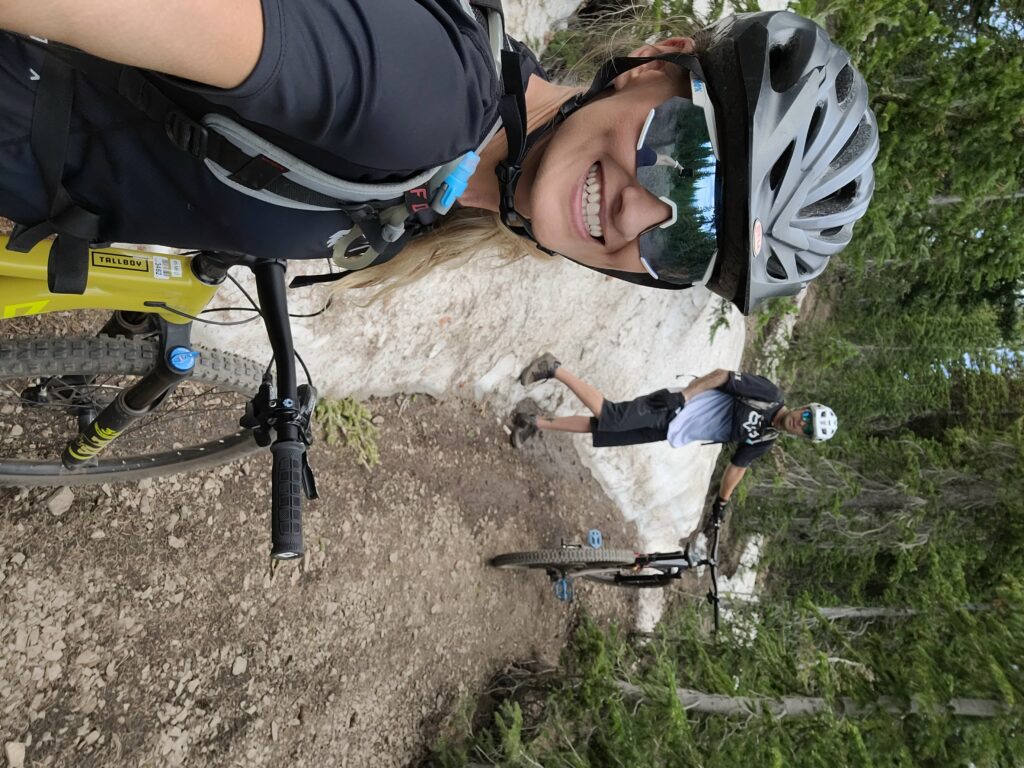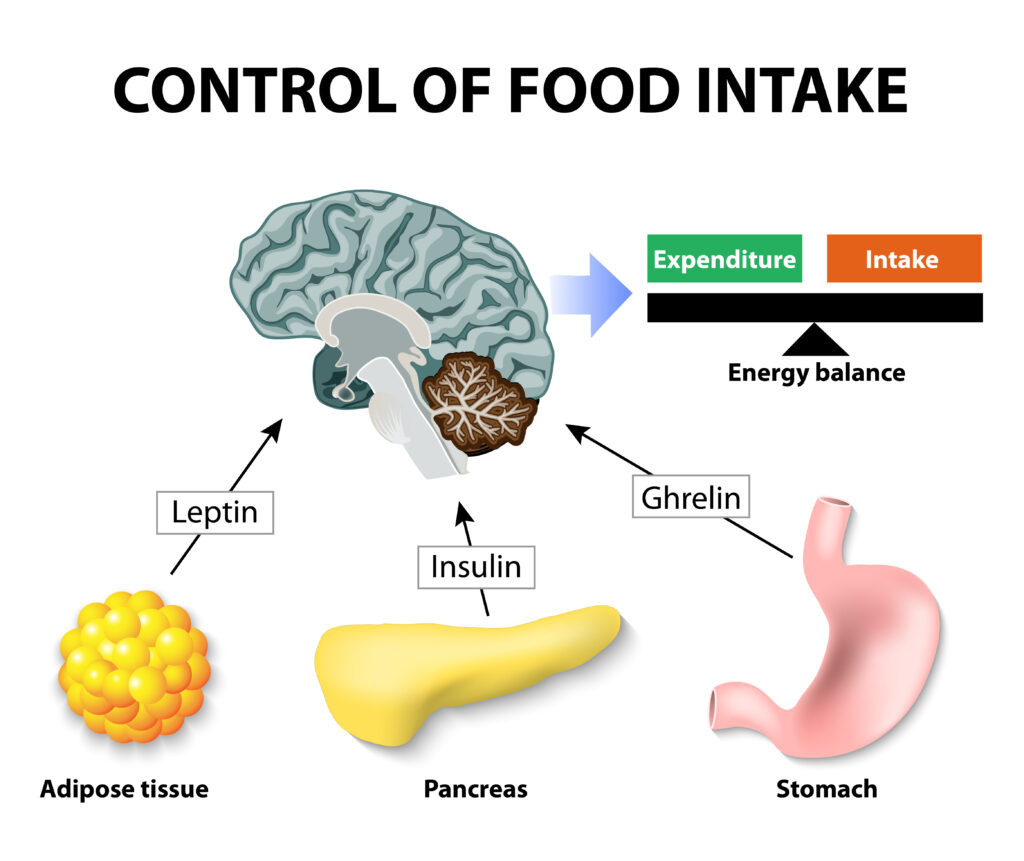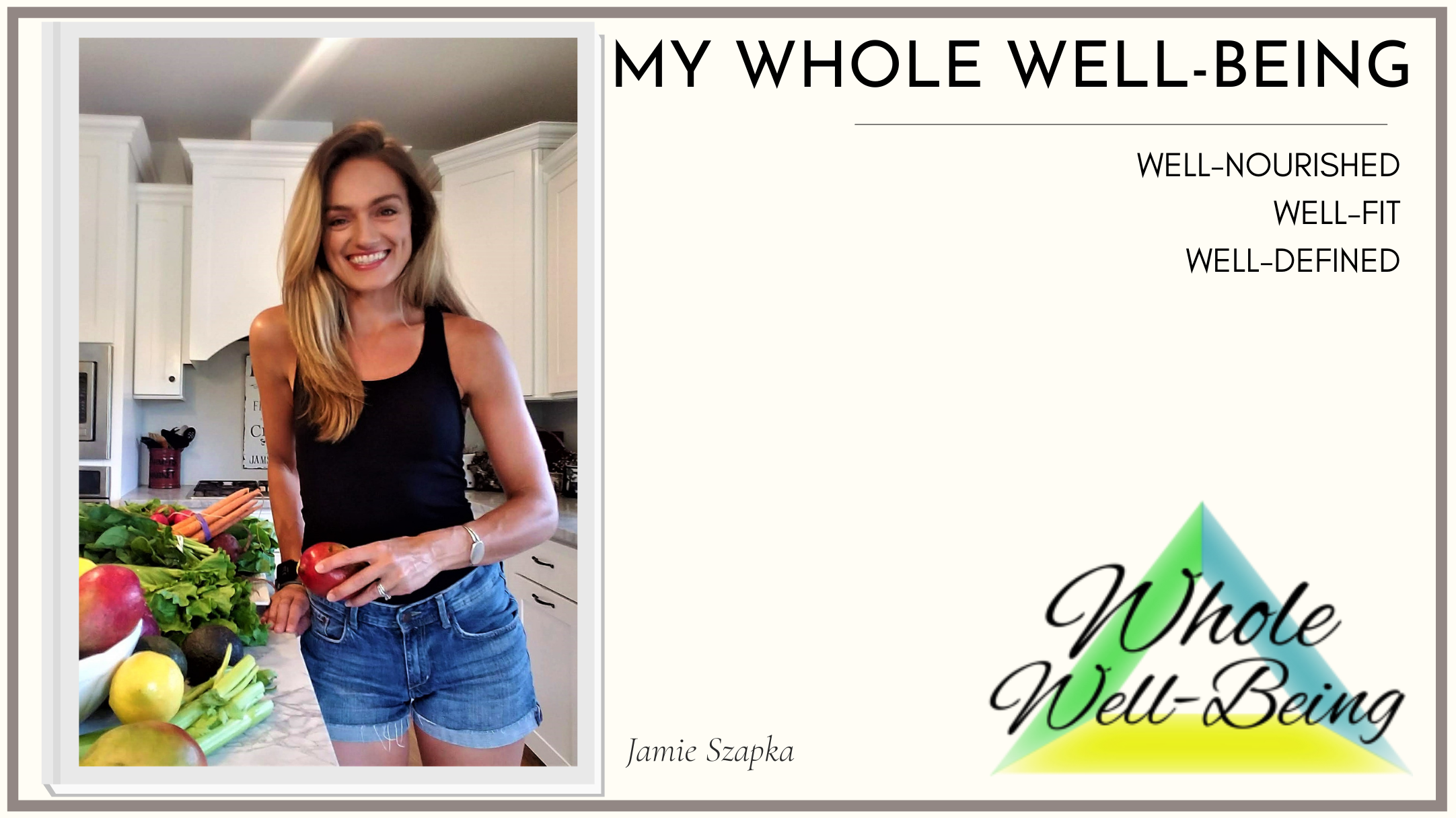No doubt you’ve heard it at some point in life, Vitamin A is great for your eyes, found abundantly in carrots. There is truth to this. There is also plenty more to understand regarding the types of Vitamin A and some interesting benefits. Here I offer insight on how we can get vitamin A more optimally in our body, where it is stored and also how our body uses it to aid in keeping our body warm during winter or any cold exposure. And even keeping us lean!

Types of Vitamin A and Their Food Sources
Vitamin A is naturally found in a variety of foods but it does come in two forms, beta-carotene and retinoic acid or retinol. Beta-carotene is what is being referred to when talking about the carrots, this is what is found in plant based food that also includes sweet potatoes, mangoes, papaya, winter squash and also kale. The retinoic acid or retinols is found in animal sources, such as eggs (the yolks) organ meats like beef and chicken liver, cod liver oil, and also dairy foods such as cheeses, yogurt and milk. This form of Vitamin A is highly bioavailable being the active form while the plant source beta-carotene are not and must be converted into the active form of vitamin A by the body enabling them to do their function properly. When talking about genetics, how efficiently the body converts the beta-carotene to the active form varies. Some individuals do not convert beta-carotene to retinol very well, while some do.

This matters because the body relies on vitamin A conversion for healthy maintenance of the heart, kidneys, lungs, and eyes. Not to mention as you read on, adequate levels of vitamin A in the liver are a key component in reducing white adipose tissue and increasing brown adipose tissue.
Cold Exposure and Thermogenesis
The foods you choose in your regular eating routine play a role in how your body adapts and responds to the weather, your environment and with vitamin A, cold exposure. We produce and maintain body heat through energy metabolism in a process known as thermogenesis. You are probably aware, thermogenic heat occurs when engaging in physical activity, meaning during your well-fit work-out your body temperatures rises and you no longer need that long sleeve shirt. You begin to shed the layers. Look at us, mountain biking Park City to the snowpack in t-shirts and shorts.

Digestion also produces thermogenic heat, giving you that warm feeling after a delicious well-nourished meal even while dining chilly al fresco. But a more fascinating production of thermal heat that occurs for cold adaptation happens in what is known as brown adipose tissue.
Brief Explanation of Adipose Tissue
Let’s take a side-bar here and explain what this is. Adipose tissue is the fatty tissue mainly composed of fat cells called adipocytes. There are generally two main types of adipose tissue, brown and white. Brown being the adipose tissue that is beneficial to our body, aiding in the thermogenesis I just mentioned above along with what most of us are looking for, fat metabolism.
White adipose tissue on the other hand stores the excess calories and also releases hormones, importantly leptin. Leptin slows down appetite, telling your brain to stop eating. What becomes a concern in obesity is leptin resistance. To give a brief explanation, leptin levels will change depending on the time of day, having higher levels of leptin in the early morning and again in the evening. If you’re in a true fasted period, leptin levels will decrease, thus this is why once we get passed a certain time-frame during intermittent fasting we don’t feel hungry. When we are eating or in between meals but not during fasted periods, leptin levels increase until we’ve had enough. You’d think that with obese or extremely overweight individuals, leptin would be high signaling to stop eating, but what tends to occur is leptin resistance and the signaling to stop eating just doesn’t connect. That will have to be a separate post.
So with that, you can imagine the next approach to living a whole well-nourished well-fit life for your whole well-being, the SZENNX Life, is to find ways to increase brown adipose tissue and reduce white. One manner is to actually convert it! Enter a third type of adipose tissue, beige adipose tissue. It is blending of the two brown and white. This happens when brown adipose tissue accumulates in white adipose tissue. As with brown, the beige tissue produces more energy and burns calories through thermogenesis. Ok, yeah!
Vitamin A and Browning Adipose Tissue
What does Vitamin A have to do with this? It stimulates browning of white adipose tissue. Vitamin A plays an important role especially so in cold temperatures. Vitamin A stores reside in the liver (which is why beef liver and chicken liver are such an abundant source of active vitamin A).

When we are exposed to cold temperatures, the cold stimulates the liver to redistribute vitamin A to adipose tissue to allow for thermogenesis to take place to keep us warm. By doing this, our body is managing a way to regulate cold adaptation, doing so by relying on additional brown adipose tissue to increase thermogenesis. Vitamin A aides in the increase of thermogenic GENE EXPRESSION and energy metabolism. Our environment, being cold in the winter, can signal our body to tap into our vitamin A stores as part of adaptation to the wintry temperatures.
Vitamin A and the browning of white adipose tissue is thought to occur due to the retinols altering the mitochondria to increase the ability for energy metabolism. Brown fat tissue contains more mitochondria, the powerhouse and “batteries” of our cells. Mitochondria burns energy regardless of demand, in the form of heat energy. Conversely, you can imagine that a diet low in Vitamin A would lead to low Vitamin A stores and thus an inability to adapt to cold, a lack of thermogenesis activity and fat metabolism, leading to increased body weight.
SZENNX and your Genetic Report
What you eat and your lifestyle actions make you who you are. Having a diet rich in active vitamin A sources will allow for the availability of retinols in the liver and then exposing yourself to cold temperatures – not necessarily an ice or polar plunge or jumping in the snow in a bathing suit (that will do it) but a walk outside in the brisk winter, skiing, snowboarding, cold weather running.
But how to know if you convert the inactive form to the active form efficiently? Enter your genetic report from SZENNX. If you’re not a fan of organ meat or you’re not interested in going carnivore but want to optimize your fat metabolism as well as engage confidently in winter activities, you’d benefit from understanding if your high plant-based diet is working for you. The carrots and the kale have great health benefits but it might not be enough to get the thermogenesis going during cold exposure and you therefore continue to be uncomfortably cold while having difficulty shedding any unwanted fat.

In addition, Vitamin A boosts the immune system helping to fight infections. It helps mucus membranes stay moist and is an antioxidant having the ability to trap free radicals and toxins. which can damage cells and cause illness and speed up aging. Vitamin A keeps skin supple & healthy, and also keeps teeth strong by forming a hard material called dentin just beneath the surface of the teeth. Plus, as we know, Vitamin A supports eye health.
Go to szennx.com and click on the Epigenetic Coaching tab to get started today.
References
https://www.mdpi.com/1422-0067/23/16/9448
https://www.sciencedirect.com/science/article/pii/S2212877820301629?via%3Dihub
https://pubmed.ncbi.nlm.nih.gov/24439368/
https://www.ncbi.nlm.nih.gov/pmc/articles/PMC7503240/#B60-ijms-21-06039
